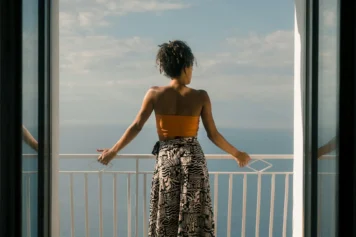QUITO, Ecuador — “Not long ago, we wouldn’t think of coming to this area,” Dominic Hamilton tells me as we stand on a street corner in Quito’s historic area at 1 a.m. “It was horribly seedy. And dangerous.”
Hamilton is a Brit who, after having spent many years writing guidebooks on South America, fell for an Ecuadorean woman and her country and made a life here. That was nine years ago.
“Old Quito is one of the most beautiful cities in the world,” he continues. “But it had become a shabby shadow of its former self — with drug dealers, thieves and other illicit industries. Street peddlers had taken over the plazas. It took 20 years of planning and over $250 million to reclaim this part of the city and begin to restore it. An amazing feat.”
In 1978, UNESCO named Quito, along with Krakow, Poland, the first two World Heritage Cities. Quito is the largest and most historically preserved of all of Latin America’s colonial cities, but the town did nothing but go downhill until some politicians and a few prosperous businessmen decided it was time to bring it back.
Nowadays, the historic center is en fuego with energy. Tourists are staying longer than the obligatory one night en route to the Galápagos or the Amazon, and locals, who have moved into restored 17th century mansions, and suburbanites are coming to experience theater and music performances or dine at the burgeoning number of chic restaurants.
Earlier in the evening, Hamilton and I had eaten in La Ronda, an area he was determined to show me. “This street used to be the worst of the worst,” he says. “It was just above the train station, and it was a red-light district.”
Now the cobblestone pedestrian street wends up the hill lined with flower-hung, whitewashed buildings housing hip bars, nightclubs, art galleries and coffee houses. We’d dined at La Primera Casa, a restaurant in an old adobe on La Ronda serving traditional Ecuadorean food among modern quiteño art.
In a corner, a band played pasillo music, and we drank cinnamon canelazo, a local Andean hot toddy, while we ate empanadas and langoustines in garlic butter. Afterward, we caught a cab to La Mariscal, the neighborhood northeast of the Centro Histórico, to Seseribó, an underground salsa club where locals shimmied and swiveled on the dance floor.
Read more: LA Times


